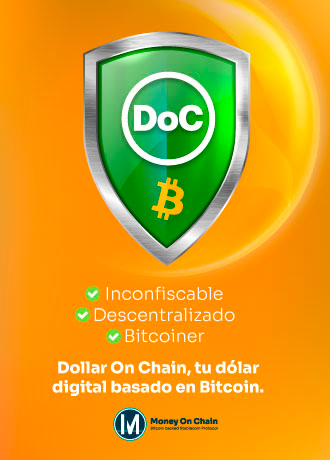Bitunix, el exchange de criptomonedas de más rápido crecimiento en el mundo, ha lanzado oficialmente su feed de datos en vivo en TradingView, la plataforma de gráficos más popular entre traders e inversores.
La integración permite a los usuarios de TradingView visualizar datos en tiempo real de Bitunix, incluyendo movimientos de precios, volumen de operaciones y gráficos con marcos temporales que van desde 1 minuto hasta 1 año. Los usuarios simplemente pueden buscar los pares de trading en TradingView, como BTCUSDT, y seleccionar Bitunix como fuente de datos.
“Es un paso que puede parecer pequeño para nosotros, pero es grande para nuestros usuarios”, dijo KX Wu, COO de Bitunix. “Hemos escuchado la demanda de un mejor acceso a gráficos, y la integración con TradingView era la respuesta obvia. Ahora los usuarios pueden entrar a TradingView y acceder a nuestros datos en sus gráficos de vanguardia.”
Las potentes herramientas de gráficos de TradingView, como indicadores técnicos, trazado de líneas y la posibilidad de guardar diseños personalizados, están totalmente soportadas en todas las plataformas: web, escritorio y aplicación móvil.

En el lanzamiento se incluyen todos los pares existentes en Bitunix, y los nuevos se añadirán automáticamente a medida que se activen en el exchange.
Beneficios clave de la integración:
- Actualizaciones en vivo del mercado: los pares de trading de Bitunix como BTCUSDT ya son visibles en TradingView con precios, gráficos y datos de volumen en tiempo real.
- Fácil de encontrar: basta con escribir un par de trading (ej. BTCUSDT) en la barra de búsqueda de TradingView y elegir Bitunix en la lista.
- Herramientas completas de gráficos: los traders pueden utilizar los indicadores, herramientas de dibujo y guardar sus layouts personalizados para analizar las tendencias del mercado de Bitunix.
Bitunix, además de ser un exchange transparente y seguro, también es conocido por su enfoque innovador. La integración en TradingView llega después de una serie de funciones lanzadas por el exchange en los últimos meses.
En mayo, el exchange lanzó su Pro App en Google Play. En abril, Bitunix se convirtió en el único exchange en presentar su función de 16 ventanas en una sola pantalla. Más tarde, ese mismo mes, Bitunix fue un paso más allá al lanzar su app K-Line Ultra, que incorporó un sistema de gráficos avanzado para traders. A principios de enero, lanzó la herramienta de conversión de “Dust” a USDT.
Y ahora, con la integración en TradingView, Bitunix da otro paso hacia hacer que el trading de criptomonedas sea más simple y transparente para todos, tanto principiantes como profesionales.
Sobre Bitunix
Bitunix es un exchange global de derivados cripto fundado en 2021, comprometido a ofrecer servicios de trading simples, seguros, transparentes y rentables a sus usuarios.
Bitunix se especializa en spot trading y futuros perpetuos, con más de 900 pares de trading y apalancamiento de hasta 125x.
Con características como liquidez de primer nivel, soporte 24/7 y un fuerte compromiso con el cumplimiento regulatorio, Bitunix se mantiene a la vanguardia en brindar una experiencia de trading confiable para la comunidad cripto global.
Bitunix ha atraído a más de 2.000.000 de usuarios en más de 100 países, facilitando un volumen diario de trading que supera los 5.000 millones de dólares en su plataforma.





